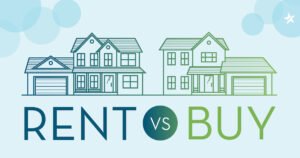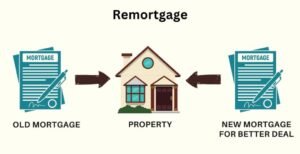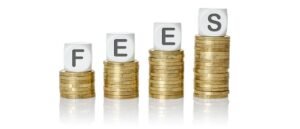
There’s more to consider than just the initial purchase price when buying a property. Owning a home comes with a variety of ongoing costs that factor into your monthly budget. This guide will equip you with the knowledge to estimate these ongoing expenses, ensuring smooth sailing on your homeownership journey.
Factoring in the Extras: A Breakdown of Ongoing Costs
Maintenance Costs: Like any possession, your home requires regular upkeep to ensure it stays in good condition. This can include:
-
- Repairs: Expect things to break down occasionally, from leaky taps to malfunctioning appliances. Budget for minor repairs and potential replacements over time.
- Preventative Maintenance: Regular servicing of boilers, chimney sweeps, and roof inspections can prevent costly problems down the line. Factor these costs into your budget.
- General Upkeep: Maintaining your property’s curb appeal includes lawn care, gutter cleaning, and minor cosmetic touch-ups. Allocate funds for these ongoing tasks.
Home Insurance: Protecting your property from unforeseen events like fire, theft, or weather damage is crucial. Budget for annual homeowner’s insurance premiums.
Property Taxes: Every year, you’ll be liable for property taxes levied by your local authority (council tax). The amount can vary depending on your location and property value. Research the typical rates in your area to get a ballpark figure.
Utilities: This covers the essentials that keep your home functioning – electricity, water, gas, and waste collection. Research average utility costs in your area and factor them into your monthly budget.
Optional Expenses: While not essential, some homeowners choose to budget for additional costs like:
-
- Homeowners Association Fees: If you live in a community with a homeowner’s association (HOA), there might be monthly or annual fees to cover shared amenities or maintenance costs.
- Upgrades and Renovations: Owning a home often ignites the desire to personalise the space. Budget for potential renovations or upgrades you might want to make down the line.
Rules of Thumb and Handy Tips
1% Rule: A common rule of thumb suggests allocating 1% of your home’s purchase price annually for maintenance costs. This is a starting point – adjust it based on your property’s age, condition, and your planned upkeep strategy.
Research and Compare: Research average utility costs in your area and compare homeowner’s insurance quotes from different providers to get the best rates.
Set Up a Sinking Fund: Consider creating a sinking fund specifically for unexpected repairs or major replacements like a new roof. Contribute a set amount regularly to build a buffer for these occasional expenses.
Remember: Factoring in ongoing costs is essential for responsible homeownership. By understanding the potential expenses and implementing a sound budgeting strategy, you can ensure a smooth financial journey while enjoying the many rewards of owning your own home. So, celebrate your achievement, plan for the future, and get ready to create lasting memories in your new space!






